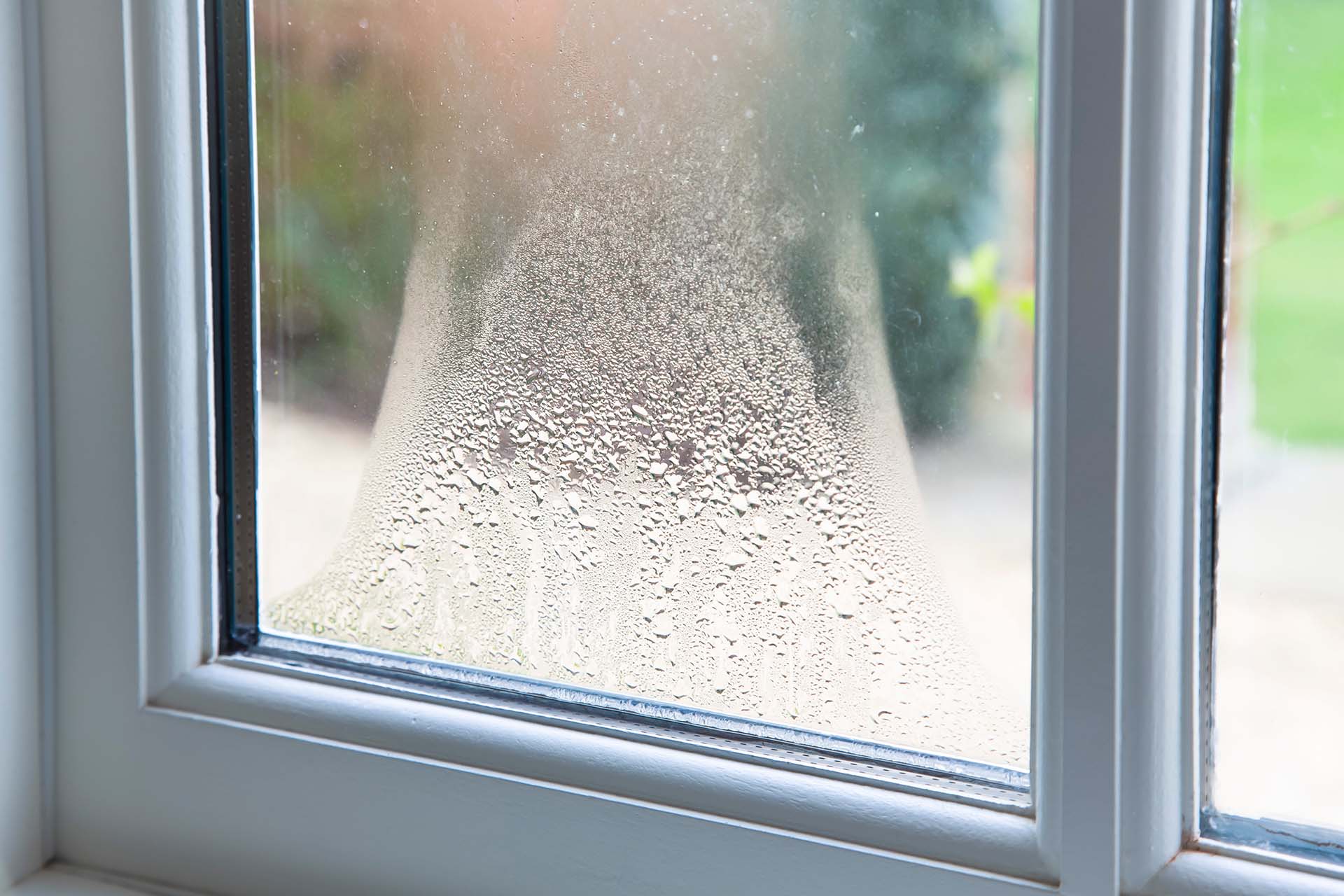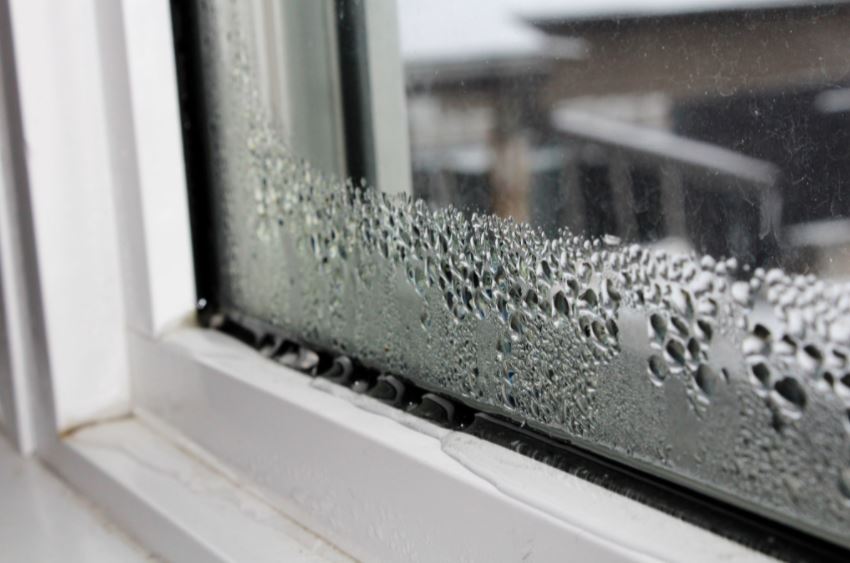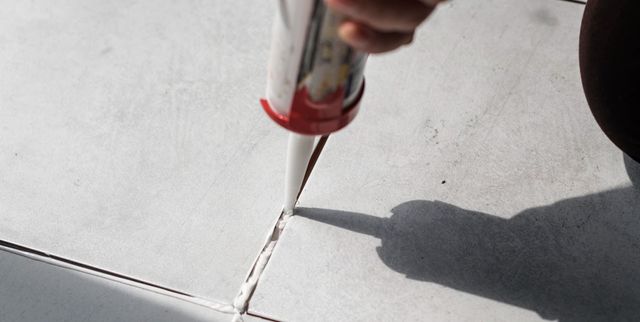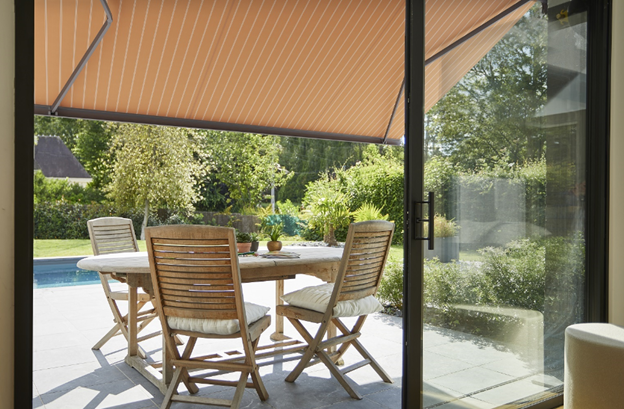Table of Contents
Introduction
Condensation is a common issue faced homeowners, often leading to a myriad of problems such as mold growth, structural damage, and compromised indoor air quality. To address this concern effectively, it is crucial to understand the causes and implement reliable condensation removal strategies. In this article, we will delve into the various aspects of condensation, explore its consequences, and present practical solutions for its removal.
Understanding Condensation
Condensation occurs when warm, moist air comes into contact with cold surfaces, leading to the conversion of water vapor into liquid water. Common areas prone to condensation include windows, walls, and ceilings. This phenomenon is prevalent in regions with varying temperatures, such as North Carolina, where temperature differentials between indoor and outdoor environments can contribute to condensation-related issues.
Consequences of Unaddressed Condensation
Mold and Mildew Growth: One of the primary concerns associated with condensation is the promotion of mold and mildew growth. These fungi thrive in damp environments, and condensation provides an ideal breeding ground for them. Mold not only compromises the aesthetics of your home but also poses serious health risks.
Structural Damage: Continuous exposure to excess moisture due to condensation can lead to structural damage over time. Wooden surfaces may rot, and metal components can corrode, compromising the integrity of your home’s structure.
Decreased Indoor Air Quality: Condensation contributes to elevated humidity levels indoors, which can negatively impact indoor air quality. Poor air quality can lead to respiratory issues and allergies, making it essential to address condensation promptly.

Condensation Removal Strategies
Proper Ventilation: Ensuring adequate ventilation is crucial in preventing condensation. Use exhaust fans in kitchens and bathrooms to expel moisture-laden air. Additionally, consider installing a whole-house ventilation system to maintain a balanced indoor environment.
Sealing Gaps and Cracks: Identify and seal any gaps or cracks in your home’s walls, windows, and doors. This helps prevent the infiltration of cold air and reduces the likelihood of condensation forming on surfaces.
Insulation Improvements: Enhance insulation in key areas of your home, such as the attic and walls. Proper insulation minimizes temperature differentials, reducing the likelihood of condensation forming on surfaces.
Dehumidification: Invest in a high-quality dehumidifier to regulate indoor humidity levels. This is particularly beneficial in areas with consistently high humidity, such as North Carolina. Set the dehumidifier to maintain an optimal humidity range to prevent condensation.
Use Condensation Removal Products: Explore condensation removal products available in the market, such as moisture-absorbing packets, which can be placed in areas prone to condensation. These products can help mitigate the effects of excess moisture.
Conclusion
Condensation removal is a critical aspect of maintaining a healthy and structurally sound home. By understanding the causes and consequences of condensation, homeowners can implement effective strategies to address this common issue. From improving ventilation to investing in dehumidification solutions, there are various approaches to combat condensation and create a comfortable living environment.
For professional assistance with condensation removal and related issues, residents of North Carolina can contact WOWFIX at (855)994-1801 or via email at info@wowfix.us. The WOWFIX team, located at 1006 S Lindell Rd, Greensboro, NC, specializes in providing comprehensive solutions to condensation problems, ensuring the long-term well-being of homes in the region. Don’t let condensation compromise your home—take proactive steps to maintain a dry, comfortable, and healthy living space.




